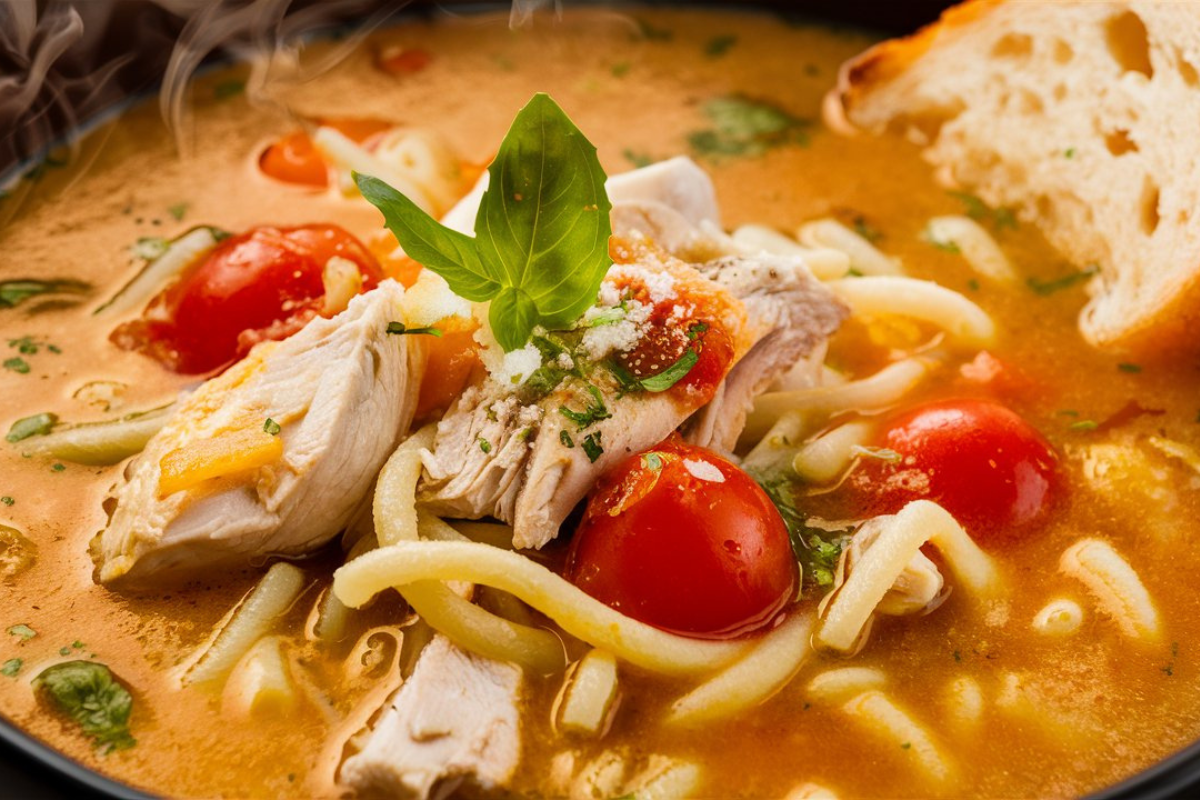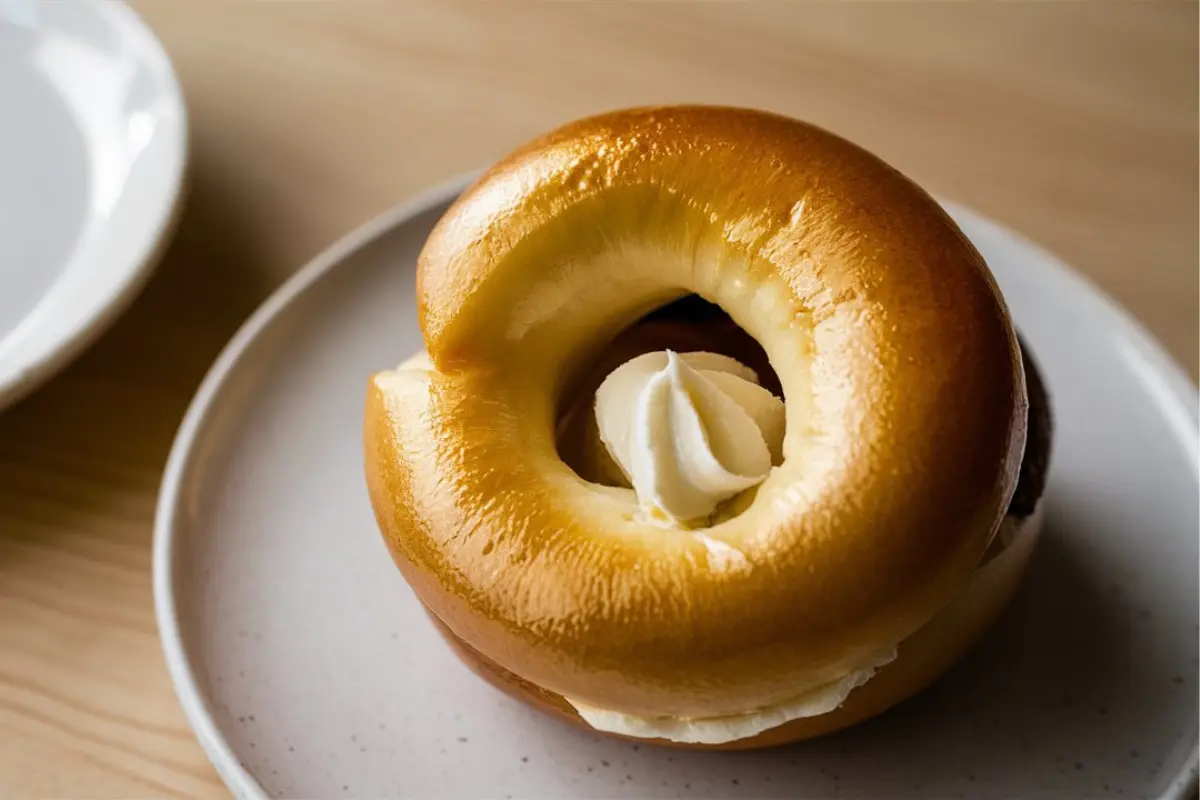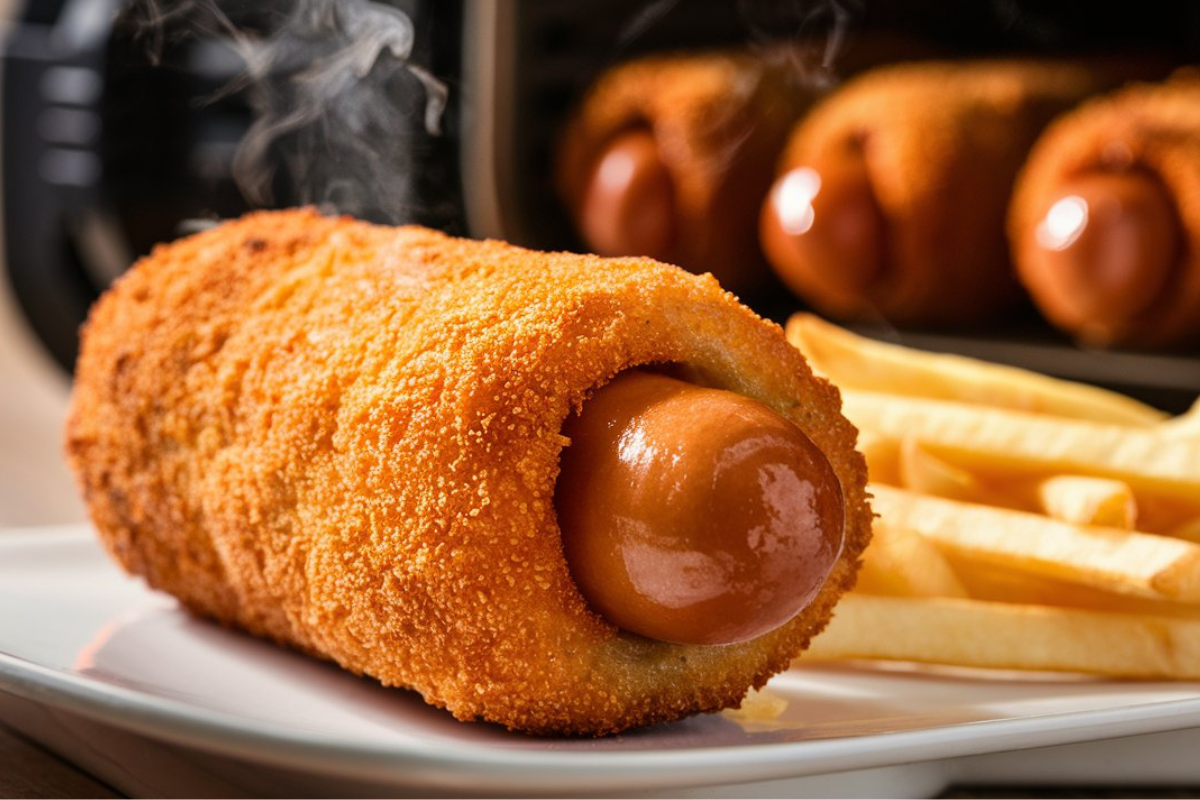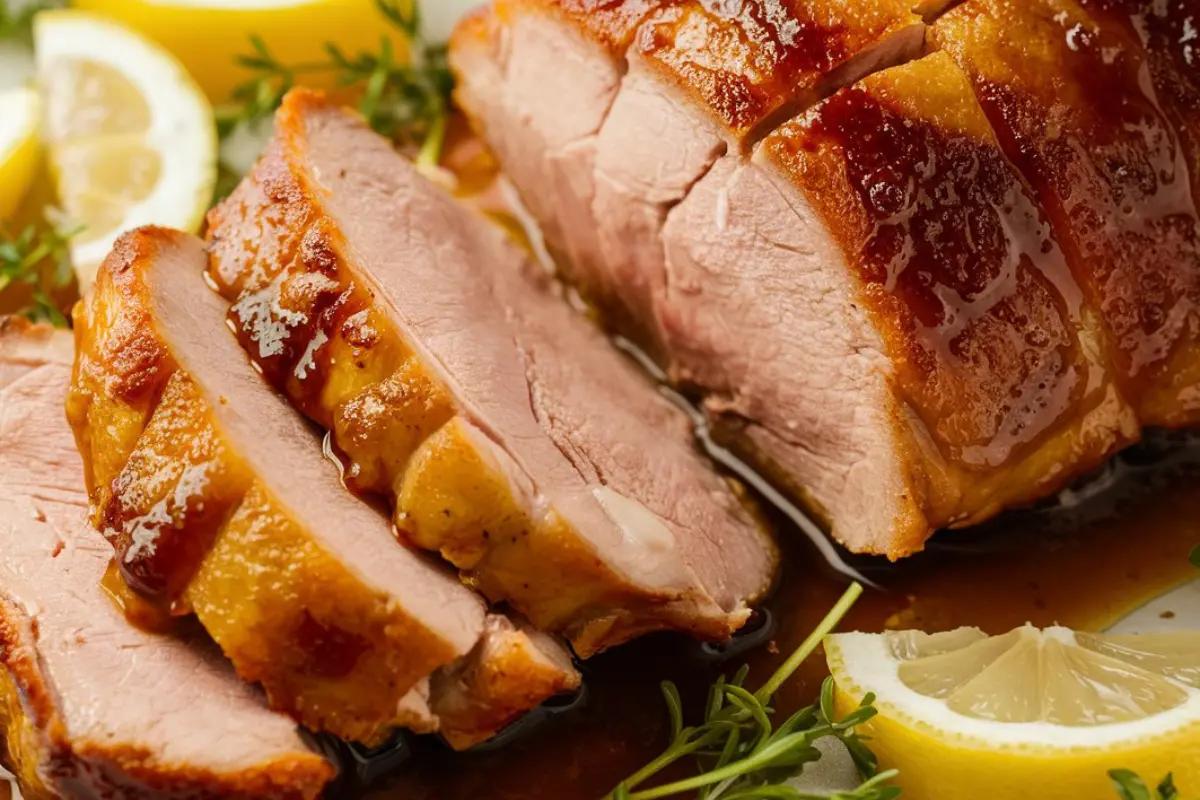Introduction to High Altitude Banana Bread Baking
Mastering the art of baking banana bread at high altitudes may seem daunting, but with proper guidance, it becomes a delightful culinary success. This article explores essential adjustments for banana bread recipes at high altitudes, from tweaking ingredients to modifying baking times. Whether you live in the mountains or plan a high-altitude baking session, these insights will ensure your banana bread is moist, fluffy, and perfectly baked.
Banana Bread at High Altitudes: A Comprehensive Guide
Baking at high altitudes presents unique challenges that can mystify even the most experienced bakers. At elevations above 3,000 feet, decreased air pressure affects the behavior of ingredients and the chemistry of baking. Consequently, recipes that work at sea level often need a tweak or two to succeed in higher elevations.
Understanding these differences is crucial for adapting your favorite banana bread recipe high altitude. For starters, the reduced air pressure causes leavening agents like baking soda and baking powder to react more quickly. This means your bread might rise too fast and then fall, resulting in a dense, dry loaf. Moreover, liquids evaporate faster in these conditions, which can affect the moisture level of your banana bread recipe high altitude.
By learning about these effects and how to counteract them, you can bake a banana bread recipe high altitude that is just as delightful as one made at sea level. In the next sections, we’ll delve into the specific adjustments needed for high-altitude baking, ensuring your banana bread recipe high altitude comes out perfect every time.
The Science of High Altitude Baking
When you set out to bake banana bread at high altitudes, understanding the underlying science can help you achieve better results. At higher elevations, the lower air pressure has a profound impact on baking. Here’s how:
- Leavening Adjustments: Since gases expand more at high altitudes, leavening agents such as baking soda and baking powder can cause batters to rise too quickly and then collapse. To prevent this, you might need to decrease the amount used.
- Increased Evaporation: The boiling point of water drops by about 1°F for every 500 feet of elevation above sea level. This higher rate of evaporation can lead to quicker drying of ingredients, affecting the texture and structure of your bread.
Why Adjust Recipes for High Altitudes?
Adjusting your banana bread recipe does more than prevent it from falling flat. It perfects its taste and texture under unique conditions. By making slight modifications to ingredients and baking times, you can keep your banana bread moist and flavorful. This approach helps overcome the challenges of high altitude.
- Flour: At high altitudes, flour tends to be drier and thus absorbs more liquid. You may need to increase the amount of liquid slightly to compensate.
- Sugar: Reducing sugar can help manage the overly quick rise during baking. Sugar weakens the structure of baked goods, and at high altitudes, this effect is magnified.
- Temperature and Time: Increasing the oven temperature can “set” the structure of banana bread before it has time to over-expand and collapse. Baking time may decrease, so keep a close watch to avoid overbaking.
Understanding these adjustments will not only improve the quality of your banana bread but also enhance your overall baking skills in high-altitude environments. Armed with this knowledge, let’s move on to choosing the right ingredients, which play a pivotal role in the success of your high-altitude banana bread.
Key Ingredients for High Altitude Banana Bread
Selecting the right ingredients is pivotal for achieving the perfect banana bread, especially when baking at high altitudes. Let’s explore the essential ingredients and possible substitutions to ensure your banana bread is a success.
Choosing the Right Flour and Leavening Agents
At high altitudes, the type of flour you use can significantly impact your baking results. Opt for a higher protein content flour like bread flour, which can help provide more structure to your banana bread, counteracting the rapid rise and fall that commonly occurs.
- Leavening Agents: Adjusting the amount of leavening agents is crucial. For instance, if a recipe calls for 1 teaspoon of baking powder, try reducing it to 3/4 teaspoon to prevent the bread from rising too quickly and then deflating.
Adjustments for Sugar, Fats, and Liquids
- Sugar: Since sugar can weaken the structure of baked goods, reducing the amount by about 10% can help maintain the integrity of your bread’s texture.
- Fats: Fats like butter or oil not only add flavor but also moisture. At high altitudes, consider increasing fats slightly to add more moisture, which can be lost due to the faster evaporation rates.
- Liquids: Because liquids evaporate faster at high elevations, you may need to increase the overall amount of liquids in your recipe. A good rule of thumb is to add an extra 1-2 tablespoons of liquid per cup used at sea level.
These adjustments ensure that your banana bread remains moist and flavorful, despite the quick drying conditions of high-altitude baking. With these ingredients finely tuned, you’re ready to move on to the actual steps of preparing and baking your high-altitude banana bread.

High Altitude Banana Bread Recipe
Now that we’ve discussed the necessary adjustments for ingredients, let’s dive into the step-by-step process to make your banana bread at high altitudes. Follow this detailed guide to ensure your bread comes out perfectly every time.
Preparation Steps
- Preheat Your Oven: Increase the oven temperature by 15-25 degrees Fahrenheit compared to sea-level instructions. This helps set the structure of the banana bread quicker to prevent over-rising and collapsing.
- Mix Dry Ingredients: Combine the adjusted amounts of flour, leavening agents, and sugar in a bowl. Remember to sift the flour to incorporate more air, which is beneficial at high altitudes.
- Blend Wet Ingredients: In a separate bowl, mash the ripe bananas thoroughly. Add the slightly increased amount of liquids and fats, such as milk and melted butter. Mix in the eggs one at a time to ensure they’re fully incorporated.
- Combine Wet and Dry Ingredients: Add the wet ingredients to the dry ingredients and fold gently. Overmixing can cause the bread to develop too much gluten, leading to a tougher texture.
- Prepare the Baking Pan: Grease your baking pan well and consider lining it with parchment paper for easy removal after baking.
Baking Time and Temperature Adjustments
- Bake: Place the batter in the preheated oven and bake. Keep a close eye on the bread after the halfway mark. The increased oven temperature and the potential for faster evaporation mean your baking time could be shorter than traditional recipes suggest.
- Test for Doneness: Use a toothpick or a thin knife and insert it into the center of the bread. Upon removal, it should appear pristine or bear only a handful of damp crumbs. If it’s not done but the top is browning too quickly, tent the bread with aluminum foil and continue baking until done.
With these detailed preparation and baking steps, your banana bread should turn out golden, moist, and delicious, perfectly adjusted for high altitudes. Next, we’ll cover some common issues you might encounter and how to troubleshoot them to keep your baking on track.
Troubleshooting Common High Altitude Baking Issues
Even with careful preparation and adjustments, baking banana bread at high altitudes can sometimes lead to unexpected results. Here are some common issues that might arise and how to address them effectively.
Dryness, Falling Center, and More
- Dry Bread: If your banana bread turns out too dry, this could be due to excessive evaporation of liquids during baking. Next time, try increasing the amount of liquids slightly or lowering the oven temperature and extending the baking time.
- Falling Center: This often happens if the bread rises too quickly and then collapses before the structure sets. To prevent this, reduce the amount of leavening agent and make sure not to overmix your batter. Also, increasing the oven temperature can help set the structure faster.
- Crumbly Texture: A crumbly texture can result from too little fat or moisture in the recipe. Consider adding a bit more fat, like butter or oil, and ensure your measurements of wet ingredients are precise.
- Over-browning: If the outside of your bread is browning too quickly, it’s a sign that your oven temperature might be too high. Shield the top of the bread with aluminum foil midway through baking to prevent further darkening.
By keeping these troubleshooting tips in mind, you can better manage the unique challenges of high-altitude baking and improve your results. Adjusting as you go and noting what works best for your specific environment and oven will lead to perfect banana bread every time.
Next, we’ll explore some delightful variations to the classic banana bread recipe that can add a twist to your high-altitude baking adventures.
Variations and Additions to Banana Bread
Once you’ve mastered the basic banana bread recipe at high altitudes, why not experiment with some variations? Adding different ingredients can bring new flavors and textures to your bread, making each batch unique and exciting.
Nut, Chocolate Chip, and Vegan Variations
- Nut Variations: Adding nuts like walnuts or pecans not only introduces a delightful crunch but also enhances the nutritional value. Mix in a half cup of your chosen nuts, finely chopped, into the batter just before baking.
- Chocolate Chip Variation: For a sweet twist, fold in a cup of chocolate chips into the batter. This addition is particularly popular among children and those with a sweet tooth. Choose dark chocolate chips for a less sweet but richer flavor.
- Vegan Variation: To accommodate dietary preferences or allergies, you can easily modify the recipe for vegan diets. Substitute the eggs with flax eggs (1 tablespoon of ground flaxseed mixed with 3 tablespoons of water equals one egg) and use plant-based milk and a butter substitute. Ensure that your chocolate chips are dairy-free if adding them to the vegan version.
These variations not only add diversity to your baking repertoire but also allow you to cater to different tastes and dietary needs. Experimenting with these additions will help you find your favorite version of banana bread, perfect for high altitude baking.
In the next section, we’ll answer some frequently asked questions that might arise when baking banana bread at high altitudes, providing you with further insights to enhance your baking success.
Frequently Asked Questions
Baking banana bread, especially at high altitudes, can raise several questions. Here are answers to some common inquiries that might help you refine your banana bread recipe further.
Can you put too much banana in banana bread?
Indeed, while bananas are a key ingredient, adding too much can result in a bread that is overly wet and dense. It’s important to find the right balance to ensure that the bread cooks through properly and retains a good texture. Typically, using about 1 cup of mashed banana per loaf is advisable, which usually equates to about 2 to 3 medium bananas.
How are apple bananas different from regular bananas?
Apple bananas, also known as Manzano bananas, are smaller and sweeter than the more common Cavendish variety. They have a slight apple-like flavor and firmer texture, which can add a delightful twist to your banana bread. If using apple bananas, you may find they impart a richer, more complex flavor to your bread.
Why use mushy bananas for banana bread?
Mushy bananas are preferred for banana bread due to their enhanced sweetness and moisture content. As bananas ripen, the starches convert to sugars, making them sweeter and easier to mash. This natural sweetness and creamy texture are ideal for creating moist, flavorful banana bread.
Why do you not put baking powder in banana bread?
Some banana bread recipes skip baking powder and use only baking soda. This choice often stems from acidic ingredients in the recipe, like buttermilk or brown sugar, which react with baking soda for sufficient leavening. However, if your banana bread recipe lacks an acid, adding a small amount of baking powder may be necessary. This ensures proper rise, especially at high altitudes where adjustments help stabilize the structure.
These FAQs aim to clear up common confusions and help you perfect your high-altitude banana bread baking skills. Armed with this knowledge, you’re well-equipped to tackle banana bread baking with confidence, ensuring delicious results every time.
Conclusion
Mastering banana bread at high altitudes can be a fulfilling journey. This article provides insights and detailed guidelines, equipping you to adjust your recipes effectively. Despite high-altitude challenges, each loaf can be as delightful as intended.
The key to perfect high-altitude banana bread lies in understanding the scientific principles that affect baking at elevated locations. Adapt your approach by making small adjustments to ingredients and baking times. Experiment with the delicious variations suggested to enhance your baking experience and enjoy consistently excellent results.
Whether you’re a seasoned baker or new to the kitchen, perfecting banana bread at high altitudes is a journey of creativity and discovery. Each batch refines your skills and indulges in the warm, comforting flavors of home-baked banana bread. So, preheat your oven, gather your ingredients, and start baking—the perfect high-altitude banana bread awaits!




